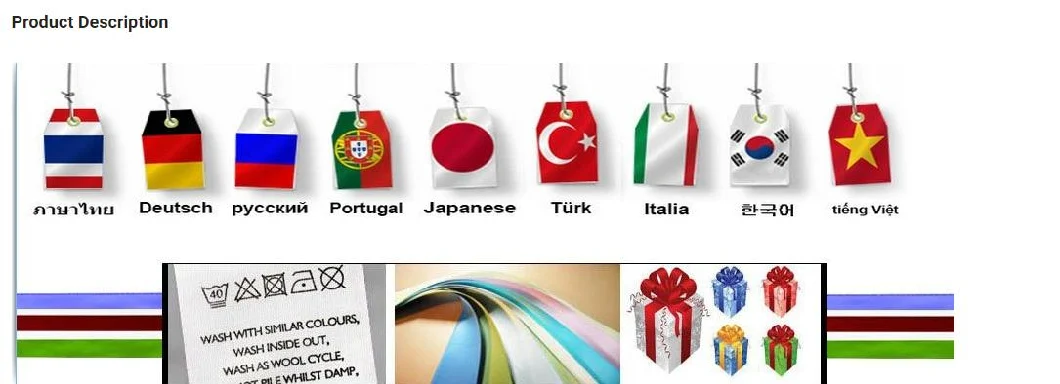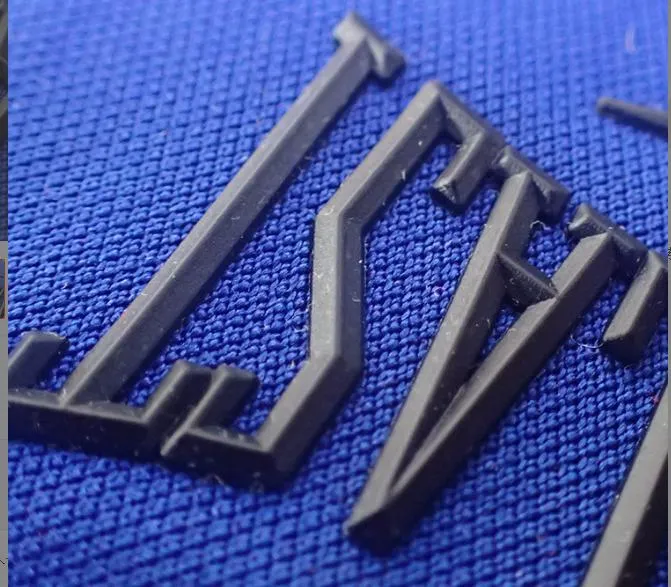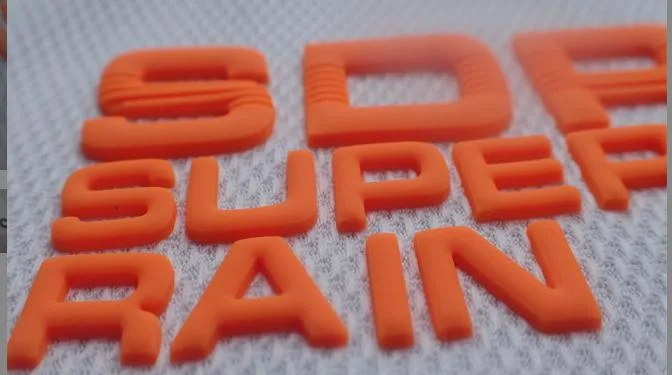Informazioni basilari.
| Modello numero. | Serie MA |
| Marchio | MONEL |
| Origine | Cina |
| Codice SA | 3215110010 |
| Capacità produttiva | 5000 tonnellate |
Descrizione del prodotto

Inchiostro per serigrafia in silicone serie MA
SCHEDA DATI DI SICUREZZA CHIMICA (MSDS)
Parte II Panoramica dei rischi
Categoria di pericolo:
Livello di pericolo: Tossicità acuta - orale: Categoria 4
Corrosione/irritazione cutanea: Categoria 2
Lesioni oculari gravi/irritazione oculare: Categoria 2A
Allergia cutanea: Categoria 1
Pericoli cronici per l'ambiente acquatico: Categoria 2
Segnalazione di pericolo e istruzioni di prevenzione:
Marcatura:
Cartellone pubblicitario: avvertimento
Descrizione del livello di pericolo: H315 provoca irritazione cutanea
H319 Provoca grave irritazione oculare
H411 Danno persistente e a lungo termine per gli organismi acquatici
Precauzioni:
Prevenzione:
P261 Evitare di inalare polvere/fumo/gas/fumo/vapore/aerosol
P264 Pulire dopo aver completato l'operazione
P270 Non mangiare, bere o fumare durante l'uso del prodotto
P272 Gli indumenti da lavoro contaminati non devono essere portati fuori dal luogo di lavoro
P273 Prevenire perdite
P280 Indossare guanti/indumenti/occhiali protettivi/maschera antigas
Rispondere:
P301 + P312 In caso di ingestione, chiamare il pronto soccorso per ricevere cure mediche immediate
P302 + P352 Contaminazione della pelle: Lavare con sapone e abbondante acqua
P305+P351+P338 Contatto con gli occhi: Sciacquare con abbondante acqua per alcuni minuti. Se è conveniente, rimuovere prima le lenti a contatto e continuare a risciacquare
P330 Sciacquare la bocca
P332+P313 Irritazione della pelle: consultare un medico/trattamento
P333+P313 In caso di irritazione o eruzione cutanea: consultare un medico/seguire il consiglio del medico
P362 Togliere gli indumenti contaminati e pulirli prima dell'uso
P391 Raccogliere la fuoriuscita
Conservazione: nessun dato
Smaltimento: P501 Collocare i contenitori dei rifiuti in….
Parte III Composizione/Informazioni sulla composizione
Miscela di altissima qualità √
| Ingredienti pericolosi | Contenuto | Numero di registrazione dell'indice chimico astratto (CAS). |
| Polidimetilsilossano | 80-95% | |
| Calcio | 5-10% | |
| Olio di silicone | 1-5% | |
Parte IV Misure di primo soccorso
In caso di domande o sintomi che persistono, rivolgersi a un medico.
Contatto con la pelle: Sciacquare la pelle con abbondante acqua
Contatto con gli occhi: Sciacquare immediatamente gli occhi con abbondante acqua per almeno 15 minuti e consultare un medico.
Inalazione: trasferire immediatamente il paziente all'aria aperta. Se la respirazione si interrompe, eseguire la respirazione artificiale. Se la respirazione è difficile, somministrare ossigeno e consultare un medico.
Ingestione: non indurre il vomito. Dare immediatamente 2 bicchieri d'acqua. Se la persona ferita perde conoscenza, non mangiare nulla per via orale. Chiedi assistenza medica.
11mg/LbrInhalation in rats(1h)LC50:>10.7mg/LbrPercutaneous absorption in rabbits LD50:>2,250mg/kgbrRat oral LD50:8,191mg/kgbrSubacute and chronic toxicity: Repeated inhalation toxicity in animals includes reduced weight gain, decreased absolute and relative weight of the liver, and degeneration of the epithelium of the olfactory organ (tissue of the nose). The toxicity of repeated ingestion in animals includes weight loss, but no pathological changes were found.brIrritation: This mixture is a mild skin irritant and a moderate eye irritant.brSensitization: Not an animal skin sensitizing substance.brMutagenicity: Animal experiments or bacterial culture tests do not cause genetic damage, but positive in a mammalian cell culture experiment.brTeratogenicity: Animal experiments have shown that this substance does not cause developmental and reproductive toxicity.brCarcinogenicity: Components in this substance with a concentration equal to or higher than 0.1% are not listed as carcinogens by IARC, NTP, OSHA, or ACGIH.brOther: The experiment of exposure to 60 ppm for 4 hours at a time found that the animal's cornea was turbid and the distance from the cornea to the anterior surface of the lens temporarily increased. An experiment in which 10 uL of this substance was dropped into the eyes of animals after a single exposure showed that this substance caused corneal opacity. Administration of 10-100 uL of a similar mixture causes corneal opacity, temporary thickening, and temporary paralysis of the cornea. An animal experiment with skin exposure of about 60 mg/kg found a temporary increase in the distance from the cornea to the anterior surface of the lens.brPart XII Ecological InformationbrEcotoxicity:brAquatic toxicitybrCyprinidae small fish 96h LC50: 18-24mg/L, moderate toxicity.brDaphnia 48h LC50: 112-150mg/LbrNon Biodegradability:brBioenrichment or bioaccumulation:brOther harmful effects:brPart XIII Waste DisposalbrNature of Waste: Hazardous wastebrWaste disposal method: Waste disposal must comply with the requirements of corresponding provincial/autonomous regional and local regulations. Recycled liquid for reuse or regeneration. Dispose of waste in a licensed incineration plant or biological treatment system.brDisposal precautions: Do not flush water or solid substances into surface water or sanitary water systems.brPart XIV Transportation InformationbrDangerous goods No.: Not listed in the Chinese national standard "Dangerous Goods List" (GB 12268-90), not listed by the United States Department of Transportation (DOT), the International Maritime Organization (IMO), and the International Air Transport Association (IATA) as dangerous goods.brUN Number:brPackage identification:brPackaging category:brPackaging method: plastic bucketbrTransportation precautions:brPart XV Regulatory InformationbrRegulatory information: Regulations on the Safety Management of Hazardous ChemicalsbrDetailed Rules for the Implementation of the Regulations on the Safety Management of Hazardous Chemicals (HLF [1992] No. 677)brRegulations on the Safe Use of Chemicals in the Workplace ([1996] LBF No. 423)brClassification and Marking of Commonly Used Hazardous Chemicals (GB13690-92)brLaw of the People's Republic of China on the Prevention and Control of Solid Waste PollutionbrGeneral Technical Conditions for Transport Packaging of Dangerous Goods (GB12463-90)brPart XVI Other InformationbrReferences: 1. Workplace Chemical Safety Management, State Economic and Trade Commission Bureau of Work Safety, 2000br2. New Safety Manual for Hazardous Materials, Chemical Industry Press, 2001br3. Complete Book of Safety Technologies for Hazardous Chemicals, Chemical Industry Press, 1997br4. Regulations on the Registration and Administration of Hazardous Chemicals, State Economic and Trade Commission, October 1, 2000brDate of filling: May 2022brFilled by: Shanghai Manci Industrial Co., LtdbrData Reviewed by: Shanghai Manci Industrial Co., Ltd brRevision description: It is revised and compiled in accordance with the Regulations on the Preparation of Chemical Safety Technical Instructions (GB16483-2000).brOther information:brThe information provided in this document is not a product indicator: it does not guarantee a specific nature. The information contained is based on our understanding of the operation, storage, and use of the product and provides general guidance on health and safety. It is not applicable to special or non-standard use of this product and not in accordance with instructions and recommendations.brThe technical information referenced in this document is currently reliable. When other knowledge and experience are gained, they should be revised again.br>


















